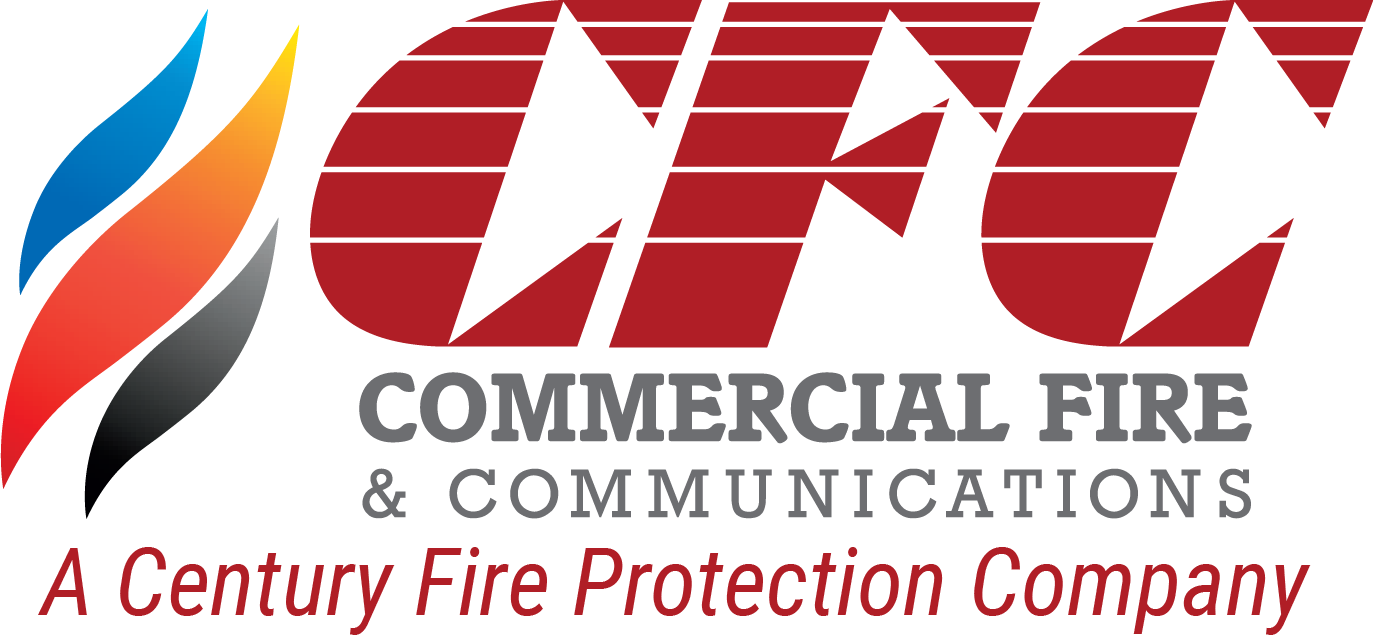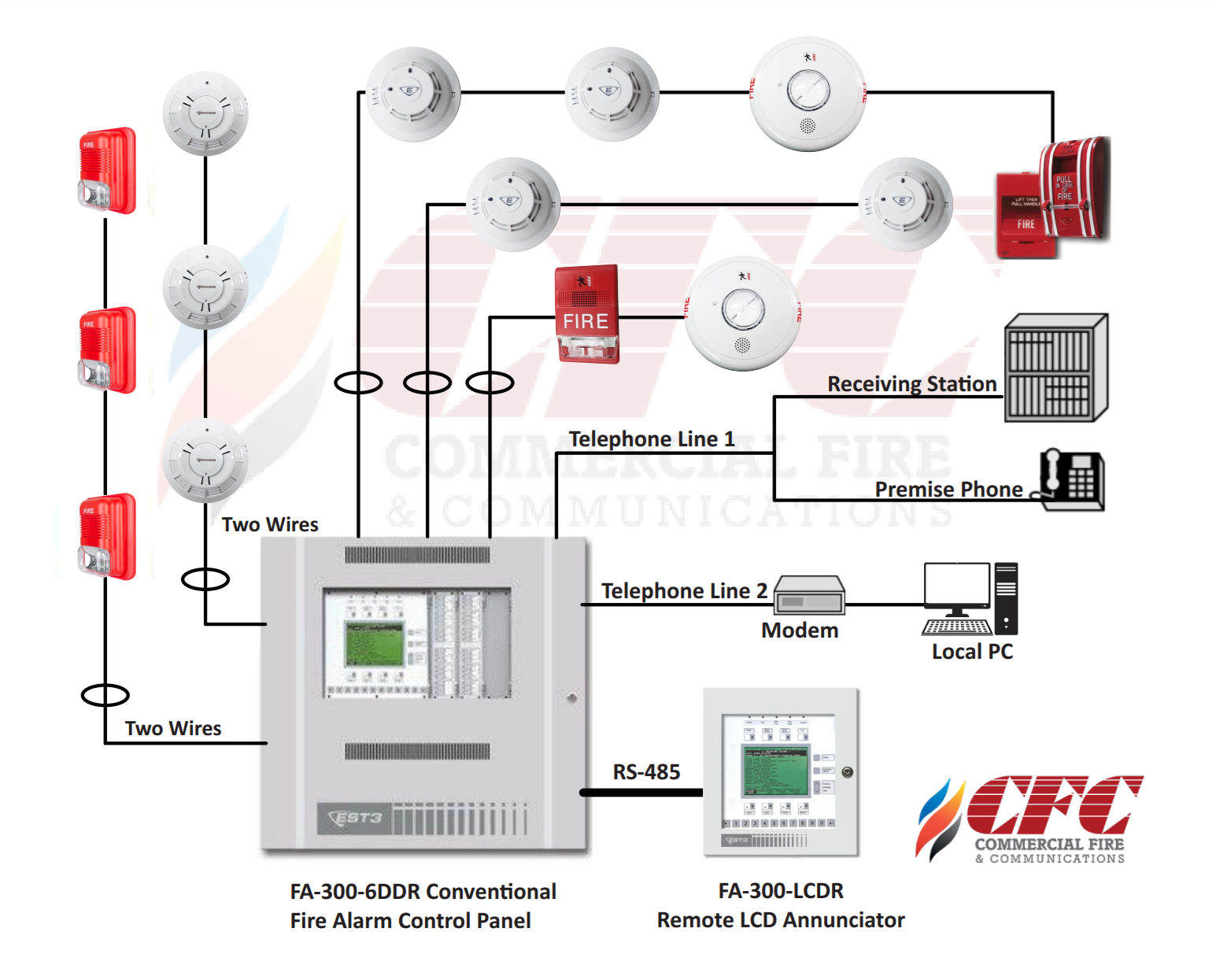Fire alarm systems are life saving essentials for every commercial building. These systems alert people to the presence of fire so that occupants can get to safety, and emergency responders can take action. Modern fire alarm systems have a variety of components which we will discuss in this post.
Alarm Initiating Devices
All fire alarm systems need the ability to detect that an emergency fire event is taking place. This detection could be in the form of a smoke detector, CO2 detector, a heat detector or other sensor triggered components. It could also be in the form of a lever or pull system to be used in the case that a person spots a fire and can trigger the alarm system. Most fire alarm systems have a combination of these detectors spaced strategically throughout the building.
Fire Alarm Notification Devices
Once a fire alarm receives an alert, it needs to convey the emergency. Fire alarm notification devices include things like flashing lights, horns and chimes.
Fire Alarm Control Panel
This is the brain of the system, and generally manages data from all the different devices throughout the building. This is also where users can view information, as well as see if there is any maintenance or errors that need to be handled. The fire alarm control panel is the source of troubleshooting codes that communicate issues when the system requires attention. Some fire alarm control panels have replaceable circuit cards.
Back-Up Power Supply
Fire alarms need to work at all times, including during power outages. A back-up power supply is a necessary part of protecting the building, and gives the system an alternate power source in case the usual source is unavailable. Backup power supplies usually consist of either 6v or 12v batteries, and are linked to the control panel. The control panel will charge them when needed and monitor to ensure their availability.
Remote Control and Display Panel
If a building is very large, checking all of the different control panels can be time consuming. A remote annunciator can give users the ability to check, activate, and deactivate all the fire alarms throughout a building when necessary. Remote annunciator devices like this are usually not seen in smaller buildings, except where required by code.
Building Safety Interface
Some fire alarms are also built to interact with the entire building in the event of a fire. This component can interact with the building directly. In the event of an emergency, the fire alarm can hold doors open so people can escape, close doors to keep smoke from harming people, control elevators and more.
A fire alarm system isn’t just one piece of equipment. It is a series of components that work together to make your building safer, and to limit damage from fire and smoke. CFC Systems has provided expert planning, installation, maintenance and monitoring of commercial fire alarm systems since 1980.

